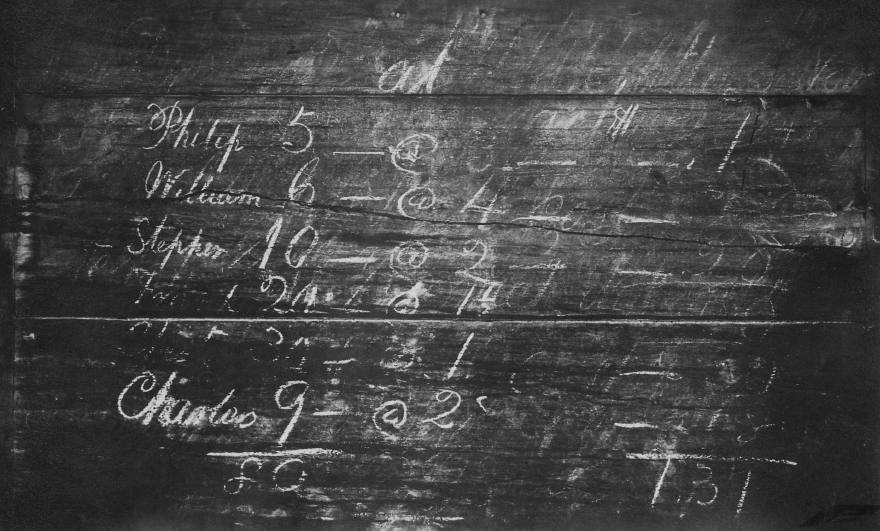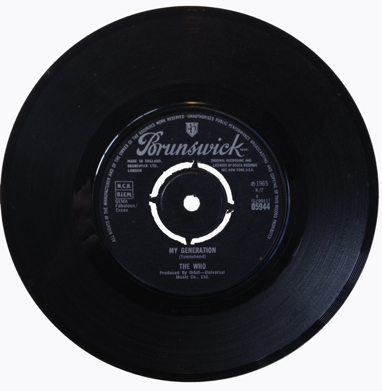
one day @ — first known photographed blackboard
|
nqpaofu.com 1998-2014
previous issue 103
next issue 105
portal
archive anchors
search
contact jk at this domain

one day @ — first known photographed blackboard
We discuss ‘designer identity’ and the identity of the designer in the context of an ever expanding all-inclusive design culture. Mechanisms in this system of relationships connect the designer-artist and her/his knowledge, skills and critical intelligence, to available information, available technology and available media to work from, and within. This complex system enables the design and implementation of any product (event, service, information, etc.) that is relevant to personal, social, economical or political needs. Notably included in the system are, next to the designer, two other strong identities, that of a client and of a user, who can sometimes even be one and the same person or group.
Design mechanisms within the emerging culture are, in other words, all of the expanding and as much invasive as sometimes evasive conditions for contemporary design and for the contemporary designer to deal with.
For the design of what?
We can design communication, information, products, services, events, machines that design machines that design, etc. We can design houses and their furniture and decoration and what we need in their cupboards, we can design the gardens and public space that surround them, we can design the vehicles to commute between home and work and the rules that regulate such mobility. We can design food and drugs and dress. We can design the leisure destinations where to take a short leave from our daily doses of the above. We can design home and foreign politics, governments, utopia's, a better world, better humans? We can design strong identities and the signs and tools that empower them. We can design entire world orders. Heck, we can even design the enemies of everything we design! We did come a long way — from the first signs, tools, weapons and cooking pots that our ancestors used, to where we are today. Not surprisingly, the expectation for design and creativity has reached an unprecedented high. Design knows no limits, just technical, possibly ethical, possibly political concerns? — pretty much like everything else that concerns life.
Most of what can be designed can also be engineered (coded?) in order to be (mass) produced, distributed, consumed. Even when it can not be engineered, design can still be advertized and held before us to trigger our imagination, animate our passions, trick our senses. In order to be actually produced, design needs not only publicity and media support, it needs the support of technology, which today means that it needs information input. Data computation (there’s our code) increasingly supports design and engineering, enhances our experience and affords us 24/7 communication and access to knowledge and to our social connections, clients, users. Processable data on behavior and preferences, informs design, engineering, fabrication, distribution, consumption. A processed reality is the new designer reality.
With design being increasingly informed by (user) identity profiles, which themselves are increasingly extrapolated from user generated or sensored data, where and when does the creative, visionary ‘genius’ come into the design process? Which are and what drives the design(-er)’s qualities that can be enhanced by (or if you like, set against?) the complex design mechanisms that we see emerging? Which trajectories of production, distribution and communication can or should be developed, to release and guide traditional designer qualities — from the minuscule to the large scale, from the local to the global, from the functional to the symbolical or ideological — based on human creativity, cultural values and social knowledge, justice and generosity?
Premeditated afterthought: stewardship anyone?
How to guard, and who guards, which qualities and opportunities in the complex media processes that rule, or guide, design today?
If we care to still subscribe to, and are willing to encourage, the traditional qualities of the artist-designer [creativity, distinctive character, curiosity, (visual) intelligence, reflection] — qualities which allow her or him to occupy a pivotal position in how we acquire knowledge, communicate and maintain a necessary level of wellbeing — how then is s/he to inform and manifest herself or himself in the complex media system in which s/he participates with all other interested parties? Who am I, to be a designer.
Is the only remaining choice to put oneself in someone else’s place?

Whose Generation?
Who Am I / To Be An Artist
Creativity has become the ultimate economic and political utility. Welcomed among media industries, creativity incorporated means it to serve profit maximization by the total commodification of products, events, services, social relationships, individual freedom, democratic rule and of course finance.
Who am I / to be an artist is the current working title of my longlasting investigation into artistry, or rather Künstlerschaft, as it is called in German, ‘artisthood’.
nqpaofu.com 1998-2014
previous issue 103
next issue 105
portal
archive anchors
search
contact jk at this domain